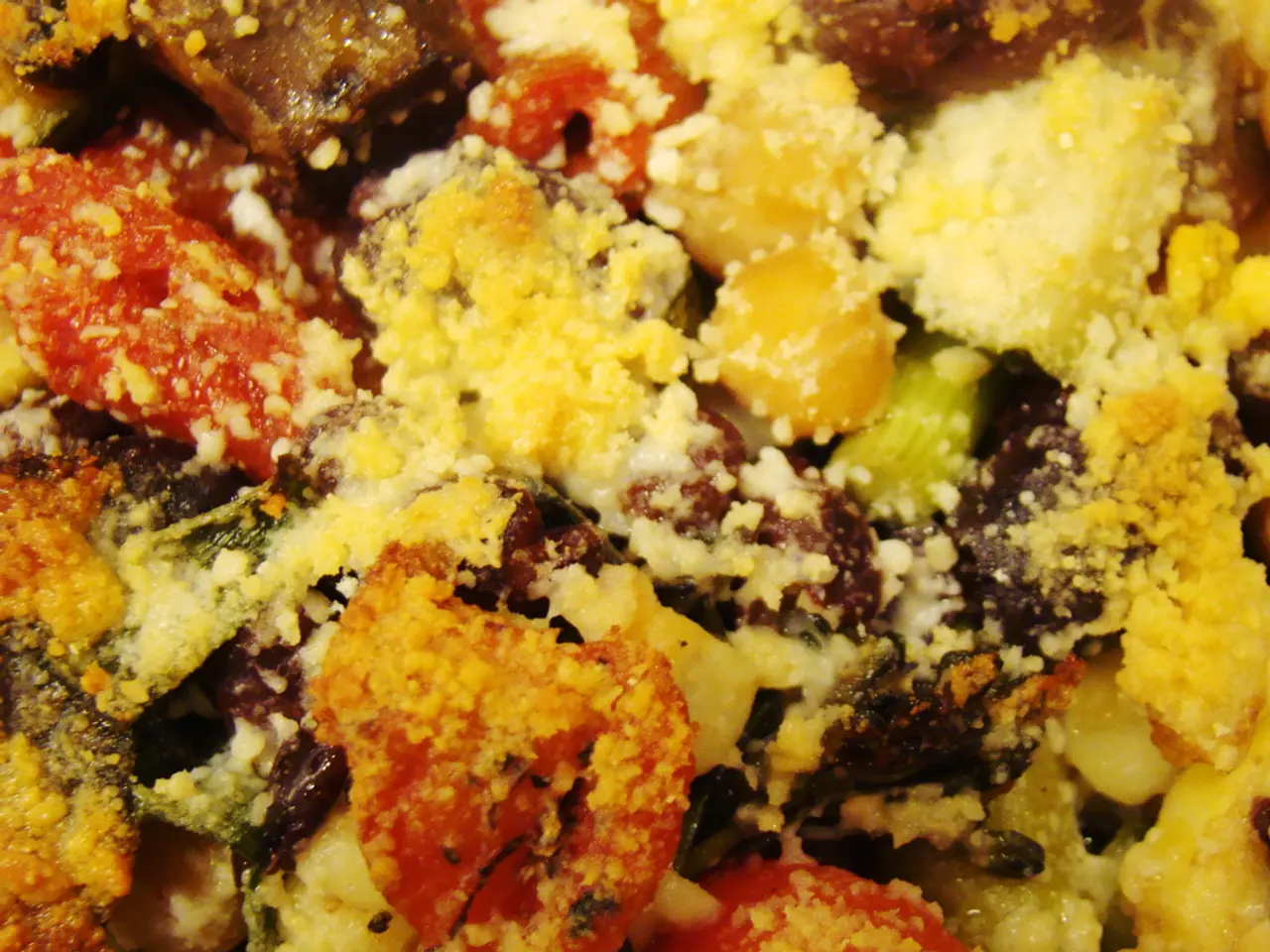Social Media Apps Like TikTok and Instagram: An Expert Reveals Their Potential Control Surpasses Our Perception
Social Media Drives the Latest Food Trends in 2025
In an era where people are seeking small emotional escapes and moments of pleasure, social media platforms like TikTok and Instagram are playing a significant role in shaping the food trends that are capturing the world's attention.
According to Marcus Schlich, the deputy chief buyer at Knuspr, these platforms leverage their highly visual and viral-friendly formats to create and spread food trends at an unprecedented pace. TikTok's algorithm promotes quick, engaging, and easily replicable food content, turning ideas like pancake cereal or nature's cereal into massive viral trends within days or weeks. Instagram complements this through high-quality images, reels, and influencer collaborations, providing continuous food inspiration and discovery.
One key way these platforms influence food trends is through viral visual storytelling. Both TikTok and Instagram emphasize visual appeal, with quick videos and aesthetic posts that attract attention and encourage users to recreate and share the trend. This visual appeal is evident in products like hyper-realistic fruit cakes with a special crunch effect, which spread well on TikTok and Instagram due to their unique visual appeal.
Another factor is algorithm-driven amplification. TikTok's recommendation system favors highly engaging content regardless of creator size, enabling new food ideas to gain wide visibility quickly, accelerating trend cycles. This rapid spread of trends is creating a culture where what people want to eat, share, and seek out at restaurants and retail outlets can change dramatically in a short period.
Influencer and peer impact also play a significant role in shaping food trends. Influencers and friends sharing food experiences shape perceptions and behaviors, making viral foods social must-tries. This influence is often amplified by cultural or regional variants, such as the adaptation of the #ButterBoard with local chutneys.
Consumer engagement and feedback loops are another factor. Food businesses actively use these platforms to post menus, respond to customers, share behind-the-scenes content, and leverage user-generated content, helping sustain and evolve trends while building brand loyalty.
Data-driven trend insights are also a crucial factor. High engagement and millions of posts on trending foods provide real-time consumer insights, aiding industry decisions on menu items, product launches, and marketing efforts.
However, this viral food culture also carries risks. It can promote unsustainable eating habits or misinformation due to influencer content without expert backing.
In summary, TikTok and Instagram act as dynamic engines for visual, fast-moving, and socially validated food trends. These platforms are driving what people want to eat, share, and seek out at restaurants and retail outlets in 2025.
In the world of food trends, older trends are quickly replaced by newer ones. Last year, the Dubai chocolate was a popular food trend on social media. Now, after the Dubai chocolate, many people are taking vacations in France for the next trend. Knuspr, an online supermarket, is a key player in the distribution of these food trends, with new trends replacing yesterday's trends like Dubai chocolate and Buldak ramen noodles. Younger consumers often discover products through social media before they become popular. Examples of food trends influenced by social media include Vegan Nutella, Dulcextra tomatoes, and realistic mini cakes in fruit form.
As the world continues to evolve, it's clear that social media will continue to play a crucial role in shaping the food trends that capture our attention and our taste buds.
- The influence of social media platforms, such as TikTok and Instagram, extends to various aspects of lifestyle, with food-and-drink being a prominent example, as they drive the latest trends in 2025.
- Technology, particularly algorithms like TikTok's, are leveraged to create and spread food trends at an unprecedented pace, impacting the choices people make about food-and-drink, as well as their dining and shopping experiences.
- entertainment, particularly viral videos and influencer collaborations on platforms like Instagram, complement the influence of technology, providing continuous inspiration and discovery in the realm of food-and-drink trends.




